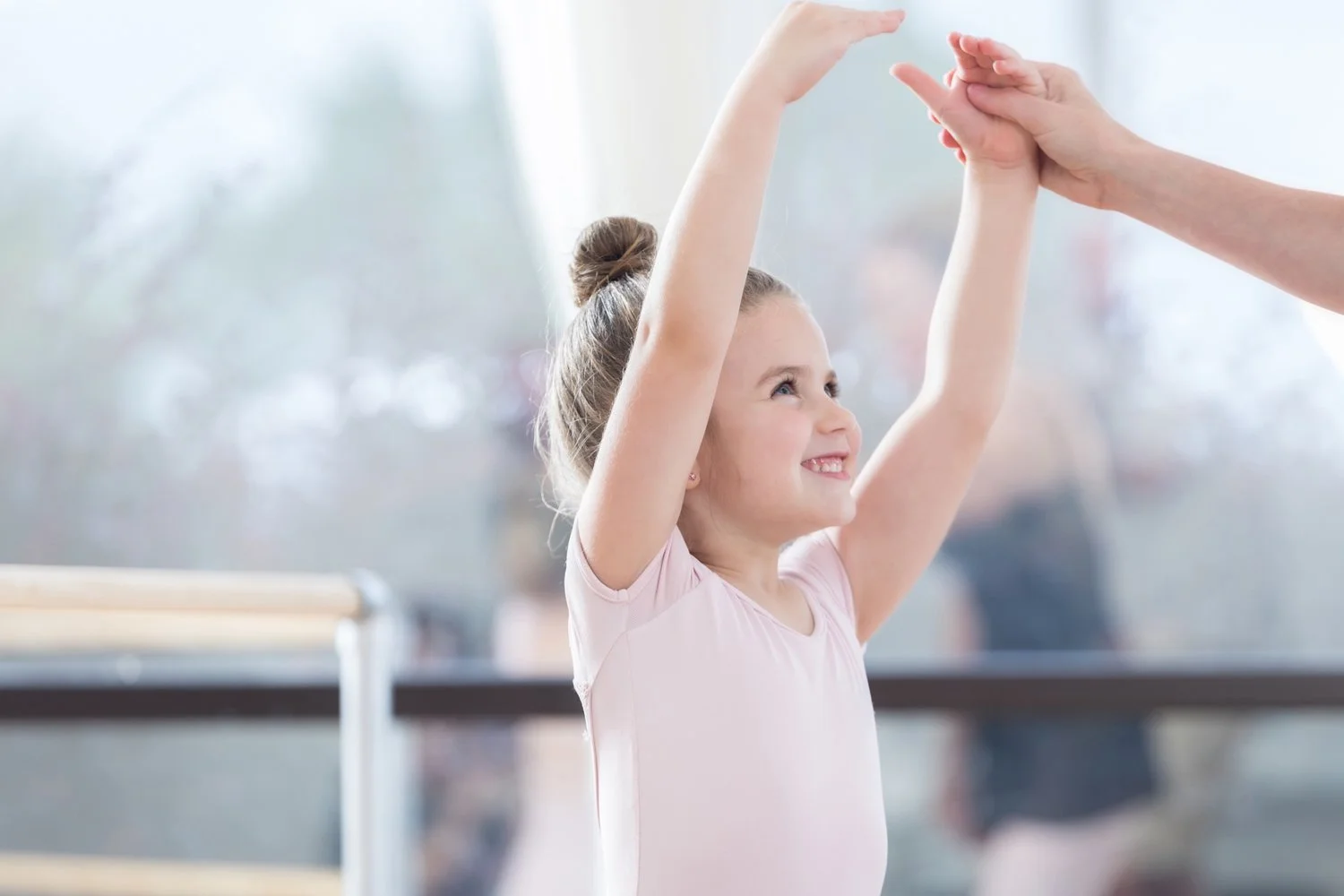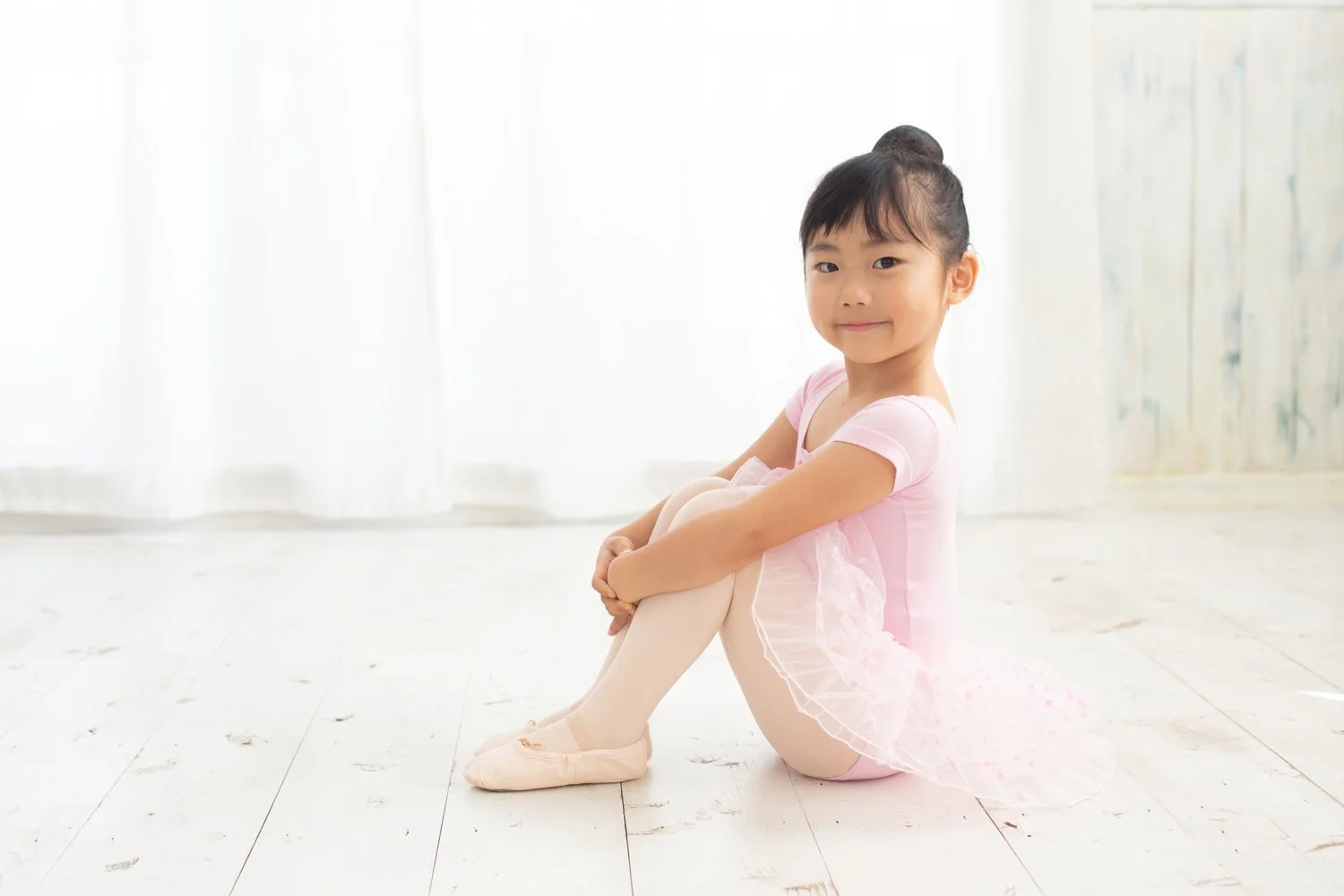Last week, we discussed some ways to help you manage your pre-ballet classes. This week we'll continue our discussion with a few more tips.
Read MoreIn today's post, we are going to begin covering tips for managing a classroom of young children in a preschool or pre-ballet class (which we will call “pre-ballet” throughout this article).
Read MoreFor seasoned teachers and newbies alike, you can never have too many tips in your teacher’s “toolbox”. If you’re just starting out teaching pre-ballet, here are some tips that will help your classes run more smoothly.
Read MoreMost of us started dancing simply because we loved it. But did you know ballet provides more benefits to children than just joy of movement?
Read MoreToday, we continue our discussion on using props effectively in ballet class. Here are a few more tips for using props, especially in preschool and pre-ballet classes.
Read MoreThe right props can liven up a preschool or pre-ballet class and of course, bring out the creativity in your children. What's more, good dance props can fire up preschoolers to learn faster, and that's great for the class!
Read MoreTwo of the first “real” ballet steps we teach in our preschool ballet classes are plié and tendu. These are also almost always the first two exercises older dancers do at the barre in ballet class.
Read MoreYou've probably heard this before. These days, children seem to be starting ballet at a younger and younger age. There's good reason for that.
Read MoreBut what if you don’t have any boys in your ballet classes? Or at your studio? Or maybe you just have a few? Here are a few ideas on how to attract more boys at your dance studio.
Read More“But how can my 3 year old learn ballet?” We hear questions like this from time to time. For very young children, they are learning much more than ballet steps in preschool ballet classes.
Read MoreThere are a number of ballet-specific certifications out there. Their requirements may differ but in essence they can all have a positive impact on your career as a ballet teacher.
Read MoreWhy is battement soutenu important? It require a lot of strength, coordination and correct technique. However, it helps to build strength and can help to improve turnout, jumps and relevés.
Read MoreIn our Once Upon A Ballet Curriculum, flex and pointe is done during the circle warm-up in the lower levels and may be done during the initial floorwork warm-up in Ballet I.
Read MoreLast week we covered why it's so important for parents to see value in their child's pre-ballet and beginning ballet experiences. Today's post is a continuation with tips for helping parents see the value of pre-ballet and beginning ballet for their child
Read MoreSo why is showing value so important? Let's face it, parents have LOTS of options for extracurricular activities these days, even for pre-school aged children and younger!
Read MoreHaving a good teaching assistant (or two!) can be invaluable. They won't just allow you to enroll more students in your classes (space provided). A teaching assistant with a good eye for technique can help teachers with corrections.
Read MoreHave you ever heard it's easier to teach someone the right way The first time than to correct bad habits later on? Setting a high standard for your beginning ballet, pre-ballet, and even preschool ballet classes can go along way.
Read MoreMost often done during the barre portion of class, degagé is so important for jumps in ballet. It helps to develop the feet and legs for quick footwork...
Read More

















